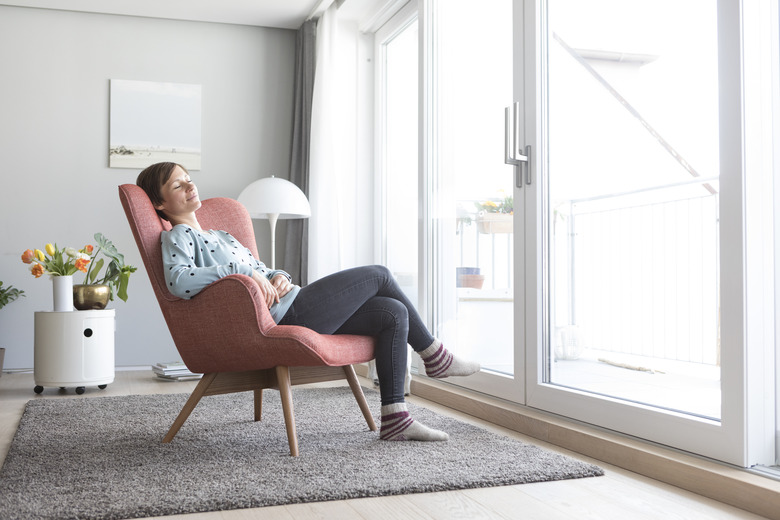How To Scotchgard A Chair
Whether you need to Scotchgard a couch, a pair of pricey suede boots, outdoor furniture pads or rugs, the durable fabric protector spray can cover most fabrics from the elements or occasional spills after just a few applications. Before popping off the container's top, you should know the best way to get great coverage, how to prep the material and when the best time of day to apply the fabric protector spray.
How Scotchgard Works
How Scotchgard Works
It's not magic, it's science. The stain and water repellant was created in 1952 by 3M and has been a favorite of professional and home cleaners ever since. The spray creates a protective shield that attaches to each fiber of the fabric material. It uses perfluorobutanesulfonic acid (PFBS) in place of PFOS that had been used in the Scotchgard formula since the 1970s.
While not infallible, the regular use of Scotchgard will allow any liquid that first hits fabric to bead up and fall off the fabric or be easily dabbed or mopped away from porous material on couches, rugs and outdoor pillows. The formula is meant to be the first defense. If left too long on fabric, spilled liquids will find a way into the little fibers of the fabric and cause damage or stains.
What Scotchgard Can Cover
What Scotchgard Can Cover
From the car seat to the upholstered dining room chair, Scotchgard is a great way to easily add a layer of protection to upholstery that is vulnerable to stains. Most porous materials can benefit from a layer of Scotchgard to protect them from errant spills or unexpected wet weather.
Scotchgard fabric protector is used for nylon, cotton, canvas, thick shag carpeting, rough AstroTurf, upholstery, wool and, of course, polyester. It can also be used on suede and other natural fabrics as long as it is used correctly and a test area has been tried before applying it to the entire item.
Prep Work
Prep Work
When you Scotchgard furniture, it should first be prepared in order for the spray to adhere to the fabric.
The fabric protector spray should be held at least 6 inches from the surface of the fabric. Make sure to cover or otherwise protect materials around the area you hope to cover so that they don't get damaged by the spray. It can leave a mark on some plastics or woods. If it gets on glass, simply wipe it up. Shake the can well before spraying. Apply at least two light coats and allow for a lengthy drying time between each coat. The larger the area, the longer the drying time to ensure you don't have a wet overlap.
